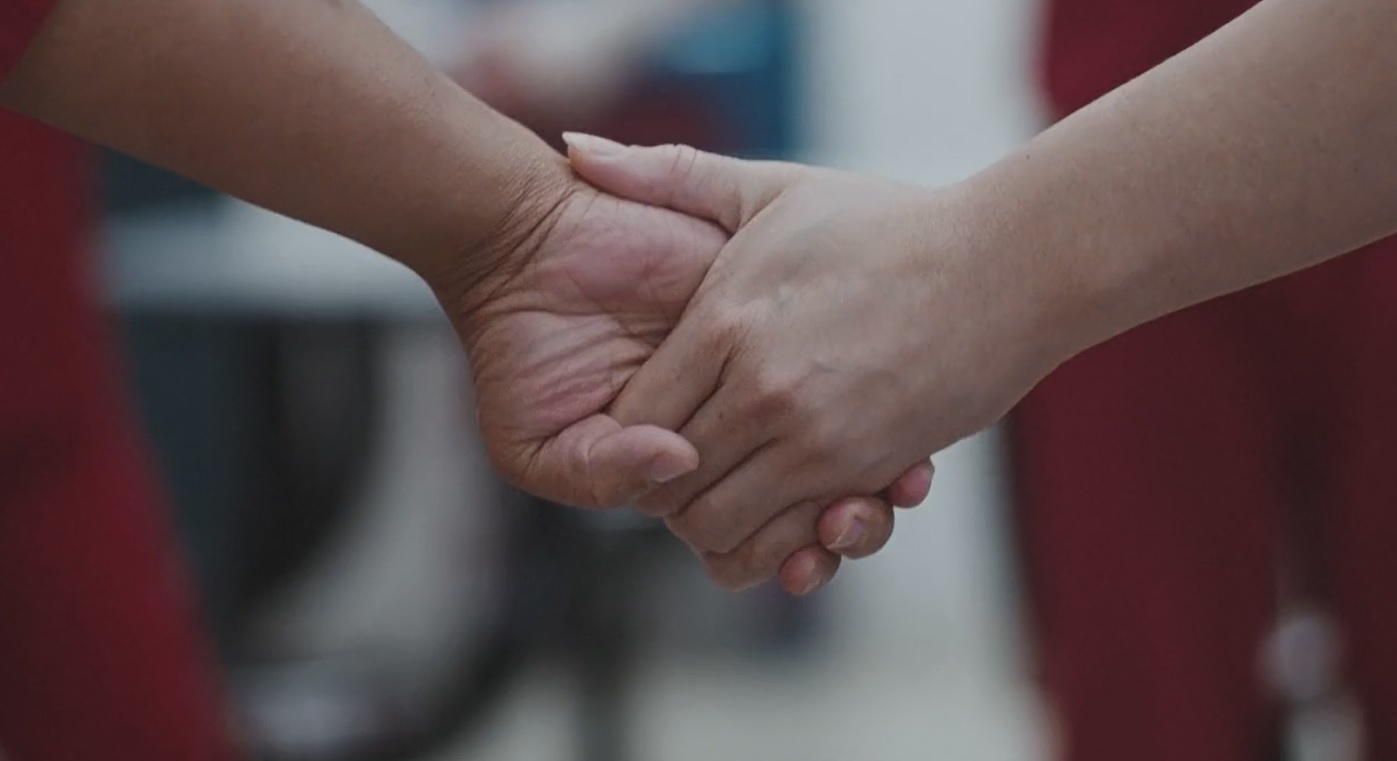
For many justice-involved individuals, substance abuse can hinder rehabilitation and serve as a barrier to successful reentry. That’s why CoreCivic offers a variety of programs that help those in our care take control of their substance use disorders, and work through the issues that cause them.
Recently, CoreCivic launched two initiatives to help residents tackle substance abuse disorders: Urge to Use Scale, an assessment used to measure a participant's cravings to use drugs or alcohol; and Breaking Free, a digital platform delivered on tablets and computers that provides 24/7 access to substance abuse programming.
“The Urge to Use Scale started out of a desired to find some intermediate measures to look at the effectiveness of the programs we do short of program completions,” said Matt Moore, senior director of Reentry Services. “For example, during the height of the COVID-19 pandemic, we were faced with many programs that weren’t operating fully or were shut down completely. However, there are other measures that will indicate the effectiveness of a program, and the Urge to Use Scale is one of those.”
The Urge to Use scale uses a point system with five questions, each with a total of six possible points. Someone who scores high points has an increased urge to abuse substances. CoreCivic staff score and track the results during treatment to hopefully show a continual decrease in cravings. For example, the point system questions ask, “How often have you thought about drinking or using or during this period?” and “How difficult would it have been to resist taking a drink or using during this period of time if you had known alcohol or drugs were available to you?”

Measuring Relevant Data and Providing Measurement Feedback are two of the eight evidence-based practices CoreCivic uses as guiding principles for effective reentry programming, and the Urge to Use Scale gives CoreCivic staff the chance to measure the effectiveness of our substance abuse programming, providing relevant qualitative feedback for each individual resident.
Moore shared that the program can be a way to help mitigate the potential for relapse.
“It’s a bit of a gauge to see what those levels of cravings are and where they're heading to try and head them off at the pass," he said.
The Breaking Free program gives those in our care 24/7 access to computer-assisted therapy via tablet or computer that they can use to empower themselves to achieve and refrain from drugs and alcohol. It also helps prepare individuals for release, improving their chances of successful reentry.
While the program is primarily used as a self-help tool, it can also be used in a one-on-one or group setting that is reinforced by an e-Learning platform.
The Breaking Free program shows noteworthy results and has supplied key insights to help tailor programs to fit individuals' needs. More than 1,700 individuals at CoreCivic facilities use Breaking Free, and in January 2021, an average of 63 percent of participants showed improvement in their level of substance dependence.
Breaking Free is also helping those in our care improve their mental health, with 71 percent showing improvement in their overall mental wellbeing. Participants also have access to the program when they’re released, strengthening reentry and rehabilitation by providing continuous access to support.
For Moore, offering diverse substance use programming is all about finding the right combination to help those in our care stay sober.
“You want as many tools in the toolbox as you can get, and this is another tool that's in our toolbox," he said.
